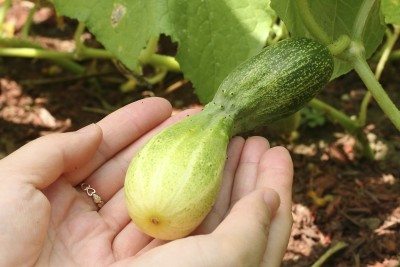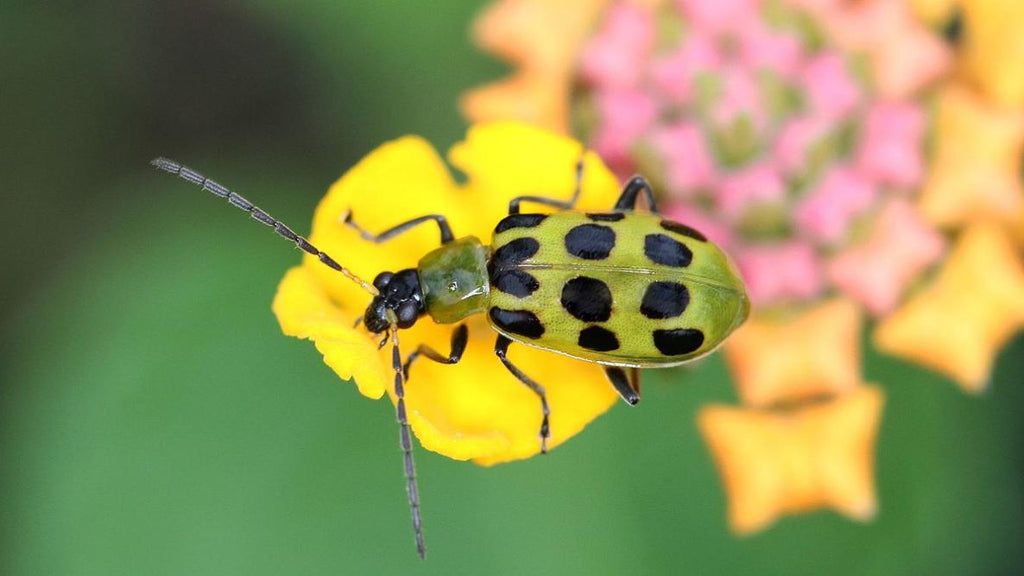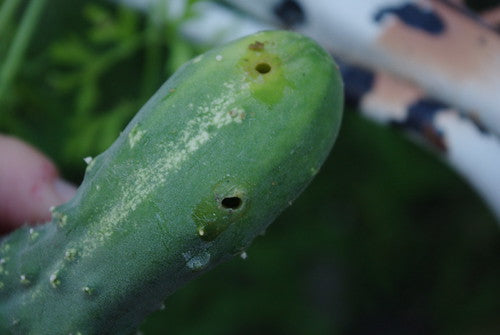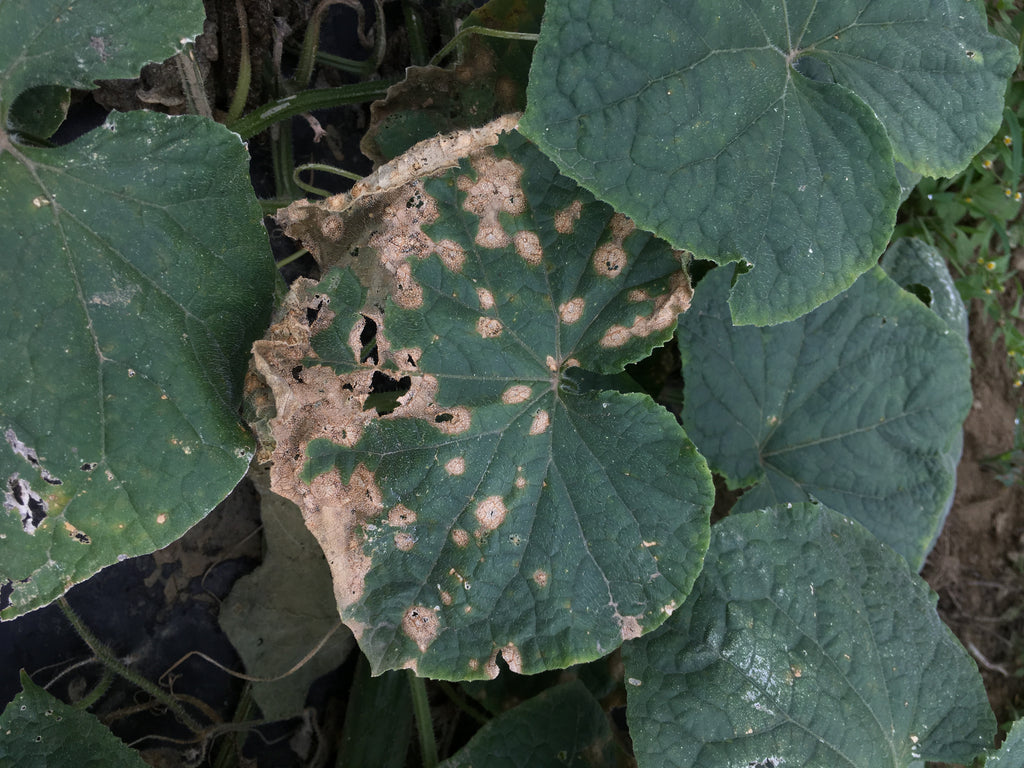
It’s mid to late summer for many of us, and that means our veggie gardens are starting to produce in full. While this can be wonderful when things are going well, it can become a source of frustration for those of you dealing with garden pests, plant diseases, or other problems in the garden. We wrote an article in the spring about cucumbers and how to grow them, and we’ve received a number of questions lately from folks having issues with their cucumber plants. With that in mind, let’s dig in to some common cucumber problems, how to fix them, and how to prevent them next season.
Let’s start with a reminder of some basics: many problems affecting cucumbers (or most garden plants) can be addressed with some simple remedies that improve conditions in the environment, location, or soil. We’ve written before about common plant diseases, as well as common garden pests, dealing with mold, and how to best care for transplants. Take a look at those blogs, too—they might have some of the answers you need!
In addition to this general gardening knowledge, there are some problems to which cucumbers are especially prone. When it comes to cucumbers, improper watering is the source of many woes. While cucumbers, like most plants, will wilt, go limp, and eventually turn yellow or brown and die from lack of water, irregular watering causes problems too. Most gardeners have noticed that occasionally their cucumbers are misshapen. This manifests as one section of the cucumber being smaller than the rest—it’s especially apparent when this happens in the middle of the plant. Barring some sort of physical restriction like a vine getting wrapped around the fruit or the fruit growing through a hole in the fence, the most likely cause is watering. Irregular or inconsistent watering cause fruit to grow irregularly, leading to those strange small sections. While you don’t need scientific precision in watering your cucumbers, they are a water loving plant and it’s best to ensure that they get the water they need, every day.

Like tomatoes, cucumbers are prone to a dazzling and maybe even intimidating array of pests and diseases, and as with tomatoes prevention is better than cure. Cucumbers like water, but they also like rich, loose, well-drained soil. If you’re growing them in the ground, make sure that your garden beds offer enough drainage and that they have the right mulch and nutrition. If you’re a container gardener, ensure that your cucumbers have a breathable, well-drained container and plenty of space to grow. Air circulation prevents a good many cucumber problems including molds and powdery mildew, and an organic treatment containing neem oil or BT can help prevent bugs from taking up residence.
Speaking of bugs: there are many that like to munch on cucumbers. Squash beetles are an issue, and we’ve written a blog about them previously. Cucumber worms are even more annoying, as the damage is likely to remain hidden until harvest time. These worms are actually the larvae of the cucumber beetle, a particularly annoying bug that loves to lay its eggs on cucumbers so that its larvae have food to eat when they emerge. The live inside the cucumber fruit itself, tunneling through it as they eat, and small pinprick holes on the outside may be the only sign of trouble. The cucumber beetle is yellow with black spots, and occasionally confused with a ladybug. Learn to identify them, use an organic insecticide, and inspect your plants regularly. If you find signs of cucumber worm damage, remove the affected fruit and dispose of them in your trash rather than the compost to keep the bugs from spreading.

Cucumber beetle on flowers

Cucumber worm damage
There’s one final disease we should talk about: Alternaria leaf blight. While this disease can affect plants as diverse as tomatoes and carrots, it’s especially prone to attacking cucumbers. The key sign are small bullseye-shaped brown, yellow, or otherwise discolored spots on the leaves and sometimes the fruit of the cucumber plant. Alternaria blight is a strange one, in that it’s a seed-borne illness. The fungi responsible colonize the surface of the seed, grow with the plant, and then move to other plants around it. The best prevention is to buy seeds from a reputable source or save them yourself, and then store them properly until planting time. Good air circulation helps, so spacing and weeding are important. If you see signs of alternaria leaf blight, remove the infected leaves quickly and dispose of them in the trash, not your compost heap. Organic anti-fungal sprays are a good preventative, and can help control the disease in your garden.

As always, there’s more to be said. If you’re having a particular problem with your cucumbers or any other plant, get in touch and let us know. We might have answers, and you may just inspire a future blog!

What causes the end not to develop, as you have pictured.
What could be causing the end of one of my vine from the same pot for the vine to look like a dog has peed on it but not possible. Dying out. Crispy. Has another vine that is starting to wilt. It is still producing cucumbers on other vines or below the wilting parts. Still blooming. I can test the soil. I have a tester. Any information would be grateful. Thank you, Zelma Moore.
Leave a comment